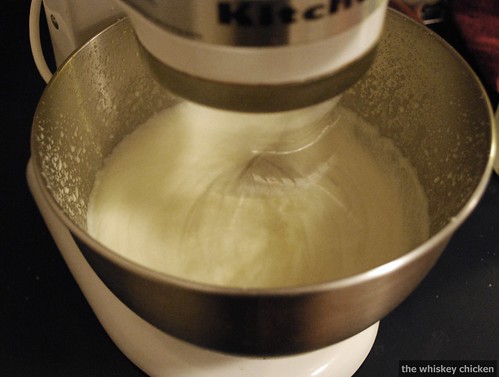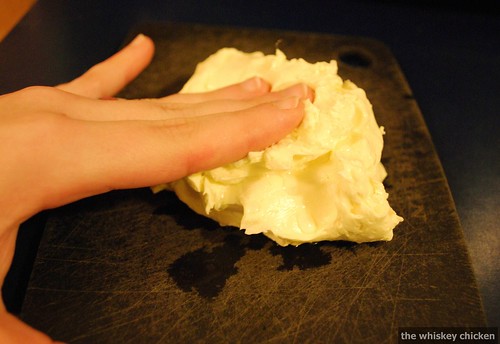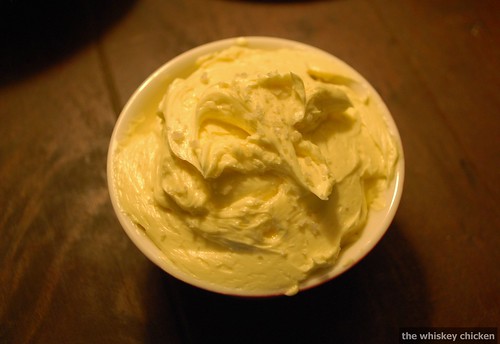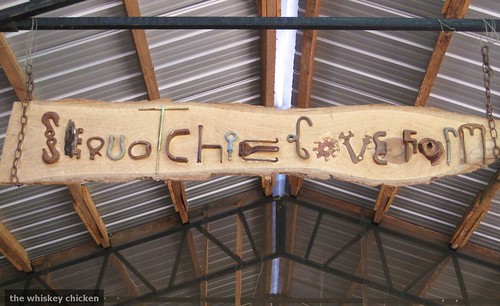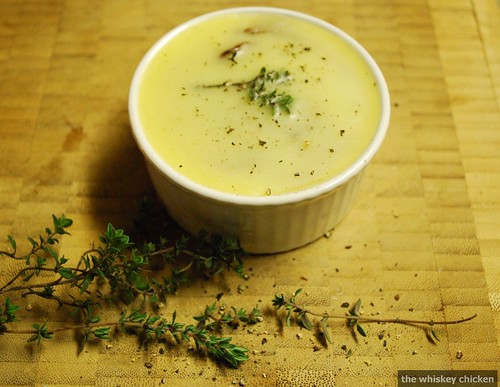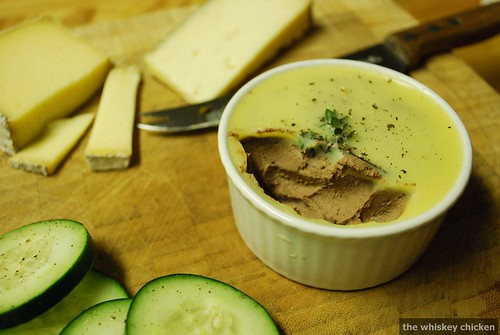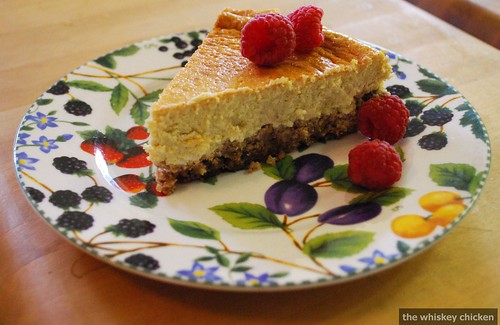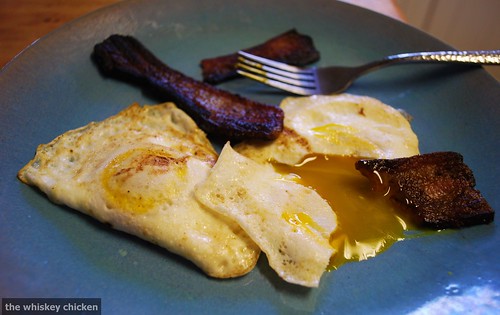As promised, I am sharing with you the results of my latest bacon. This is definitely my favorite batch so far. I always enjoy a sweet bacon, but this one has several layers of complexity with a nice smokey whiskey bite.
This recipe is very simple and only takes about a week to complete. I smoked mine at the end, but you can always finish it off in the oven instead. If you choose the oven route, after drying in the refrigerator, roast it for 2 1/2 to 3 hours at 200 degrees.
If you do smoke (your bacon that is) you can use any number of woods. I used Bourbon barrel wood chips for a one-two whiskey punch in the face, but hickory, mesquite, or peach would be really nice too.
Now, I should mention that this recipe includes curing salt a.k.a. pink salt a.k.a. sodium nitrite salt (which is
not the same thing as Himalayan sea salt). You can certainly skip this step as well, but your bacon won't be quite as..well...bacon-y. It will have a brownish hue and more of a pork roast flavor, which certainly isn't a bad thing.
You can find oodles of information out there that is either for or against nitrites, so I won't bother getting into that. I do favor the articles
here and
here if you care to investigate.
And lastly, this will make you a 5 pound batch, which sounds like a lot until you start eating it. You can of course freeze half, or just half the recipe.
Honey Whiskey Bacon
Ingredients
5 lbs. fresh pork belly
5 T kosher salt
1 tsp curing pink salt (optional)
1/2 c strong dark honey like Buckwheat
4 T whiskey, the cheaper the better
1 garlic clove, roughly chopped
1 tsp cracked black pepper
2 bay leaves, torn into small pieces
1 tsp juniper berries, crushed
1/2 tsp fresh nutmeg, grated
Combine salts, honey, whiskey, garlic, and spices in a small bowl.
Rub thouroughly over belly and put into a large freezer bag (can cut in two if too large).
Pour any remaining curing "sauce" into bag.
Lay flat in refrigerator and flip every other day (liquid will gather in bag, this is a good thing, just keep in contact with belly).
After 7 days, remove belly and wash under cold water.
Place onto a cooling rack that is on top of a baking sheet, place in refrigerator uncovered for 24 hours.
Smoke at 200-210 degrees for 2 1/2 - 3 hours.
If belly still has rind intact, slice off while still warm, save for flavoring in beans, greens, or chili.
Slice as desired and fry.
Repeat...and repeat...and repeat....

